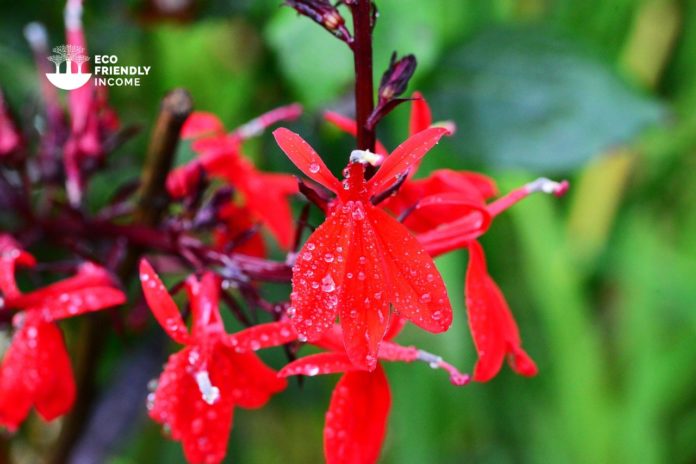A field guide on how to identify and propagate Red Lobelia (Lobelia cardinalis), a zone 2 perennial shrub native to North America.

Hardiness Zone: 2-9

Soil Type: Well-drained Loam.

Water: High.

Exposure: Full Sun to Partial Shade.
How to Identify Red Lobelia (Lobelia cardinalis)
Leaves
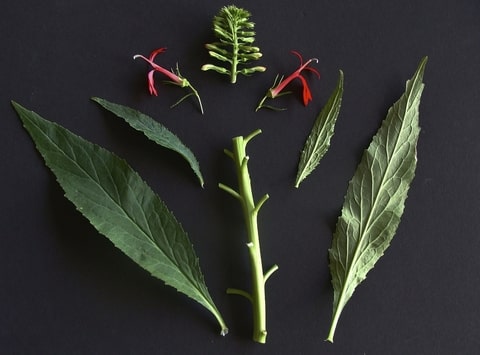
The leaves of red lobelias grow in opposite arrangements, are lance-shaped, and have serrated margins. Each leaf is green and about 2-4 inches long.
Flowers
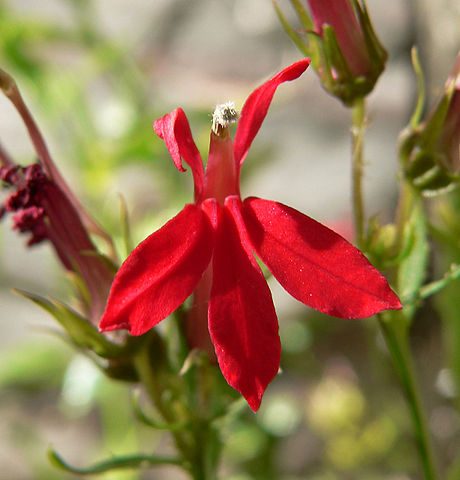
The flowers of Lobelia cardinalis are tubular, bright red, and have five petals. They are borne in dense spikes at the top of the stem.
Flowering Season
Red lobelias are late-blooming flowers, they typically appear from late Summer into Fall.
Habitat
Red Lobelia is a perennial herbaceous plant that is typically found in moist, shady areas in woodlands, near streams, and in moist meadows.
It typically grows in colonies and can reach a height of up to 2 feet.
It’s found growing naturally in eastern Canada, and most of the eastern and southern States.
Wildlife Value
Red Lobelia flowers are a source of nectar for hummingbirds, bees, and other insects.
They attract the Ruby-Throated Hummingbird and various Swallowtail butterflies, including such species as Black Swallowtail (Papilio polyxenes asterias) , Spicebush Swallowtail (Papilio troilus) , and Pipevine Swallowtail (Battus philenor).
How to Propagate Red Lobelia (Lobelia cardinalis)
The two best methods to propagate red lobelia is by sowing seeds or taking cuttings from existing plants.
- For sowing you’ll need to harvest the seeds from the plants in late summer or fall.
- With cuttings, you’ll need to have a strong mother plant to harvest from.
Let’s get into the details:
Propagate by Seed
How to Harvest
If you got red lobelia plants nearby then great, you can harvest their seeds late in the summer and into the fall.
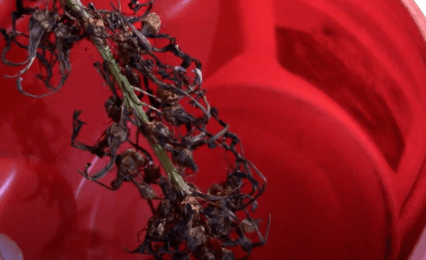
If not, you can always order red lobelia seeds online at swallow tail garden seeds.
- First, cut off a dried flower stalk from a lobelia plant.
- Next, pinch the seed capsules off into a tuperware.
- Close off your tupperware, shake it up.
- With a mesh strainer, dump the contents through the strainer into another container.
- Sift it and the tiny seeds will fall through and the shells will stay in the strainer.
How to Germinate
Red lobelia normally goes through cold-stratification outdoors before germinating the next spring.
You might be able to germinate them anyway, but cold-stratification can’t hurt either. I suggest sowing half now and the other half in the fridge for stratification.
To stratify, all you need to do is put the seeds in a ziplock with some fine potting soil, moisten, tag the ziplock with name & date, then put it in the fridge for 30-60 days.
Red lobelia is sown just like other wildflowers:
- Surface sow on fine potting soil.
- Cover with a thin layer of soil.
- Moisten the soil and cover for humidity.
Seeds may take some time to germinate but the first seedling should sprout within 1-2 weeks.
Propagate with Cuttings
Another great way to propagate red lobelia is by taking cuttings from vigorous plants.
For red lobelia, we recommend taking softwood cuttings from early to late summer.
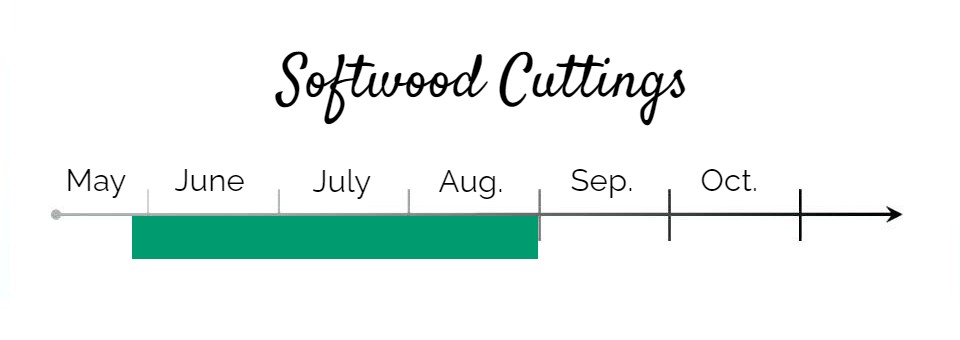
How to Harvest Cuttings:
- Cut a stem from a healthy red lobelia plant (4-6 inches each), and make sure to include at least one leaf node.
- Always cut below a node, then strip all leaves except for 2-3 and remove any flower buds from the stem.
- Dip the cut ends of the stems in rooting hormone powder, then knock off extra with a light flick.
- Insert the cuttings into a container filled with substrate, we recommend 3:1 perlite to potting soil.
- Cover the container with a plastic bag and secure it with a rubber band, humidity is very important.
- Place the container in a warm, well lit location but not in direct sunlight.
- Keep an eye on the cuttings but if it’s well sealed, you shouldn’t have to water often.
Red lobelia cuttings should start to root within 3-4 weeks.
After they’ve rooted, don’t rush to transplant, remove the plastic for a few days to let them acclimate to dryer air.
After they are acclimated, you can individually pot them or plant them outside.
That’s it! That should have you covered to propagate red lobelias.
Want to propagate like a pro? Take a look at our ultimate plant propagation guide.
Looking for other cold hardy plants? Check out our list of zone 2 perennials.

